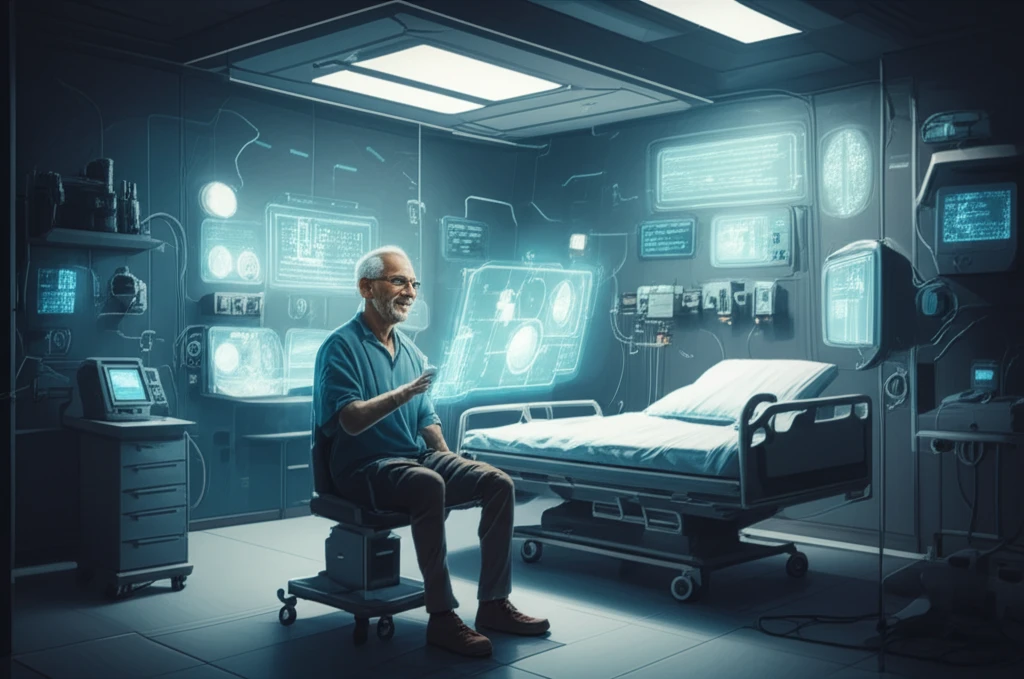
Decoding Your Health: How the VA's Tech Revolution is Changing Patient Care
"From the Electronic Health Record to Personalized Treatment: Exploring the Innovations in Veteran Healthcare and Beyond"
In the ever-evolving landscape of healthcare, technology is no longer a supporting character; it's the lead actor. The U.S. Department of Veterans Affairs (VA) is at the forefront of this revolution, harnessing the power of its electronic health record (EHR) system to enhance patient care. But what does this mean for the veterans who rely on the VA for their healthcare, and what lessons can the rest of us learn from their journey?
This article dives deep into the world of the VA's informatics innovations. We'll explore how the VA is using its vast EHR data to improve clinical decision support (CDS), focusing on real-world examples. We will discuss how these advancements are not just improving care for veterans, but also paving the way for broader healthcare advancements, including personalized medicine and more efficient healthcare systems.
Through case studies and expert analysis, we'll uncover the challenges and triumphs of building these advanced systems, providing a comprehensive look at how technology is reshaping healthcare and what we can expect in the years to come. This is a story about innovation, resilience, and the unwavering commitment to improve the lives of those who have served.
The VA's Tech Arsenal: A Deep Dive into the EHR and Its Capabilities

The VA has developed a robust and mature computational infrastructure in support of its EHR, the Veterans Health Information Systems and Technology Architecture (VistA). The Computerized Patient Record System (CPRS) which provides an interface to VistA, and the VA Corporate Data Warehouse (CDW). This infrastructure is designed to support clinical transactions, allow diverse analysis and reporting, and facilitate research within a secure environment.
- VistA: This is the backbone of the VA EHR, storing patient data in a MUMPS data structure designed for efficient real-time transactions.
- CPRS: The interface clinicians use to interact with VistA, enabling them to access and manage patient records.
- CDW: The VA Corporate Data Warehouse, which contains national patient data from VistA, updated regularly to support data analysis and reporting.
The Future of Healthcare: Lessons from the VA and Beyond
The VA's journey in leveraging technology for better patient care offers valuable lessons for the future of healthcare. By embracing innovation and tackling complex informatics challenges, the VA is not only improving the lives of veterans but also paving the way for a more connected, personalized, and efficient healthcare system for all. As technology continues to evolve, the innovations pioneered by the VA will undoubtedly shape the future of medicine, offering hope and improved outcomes for patients everywhere.
